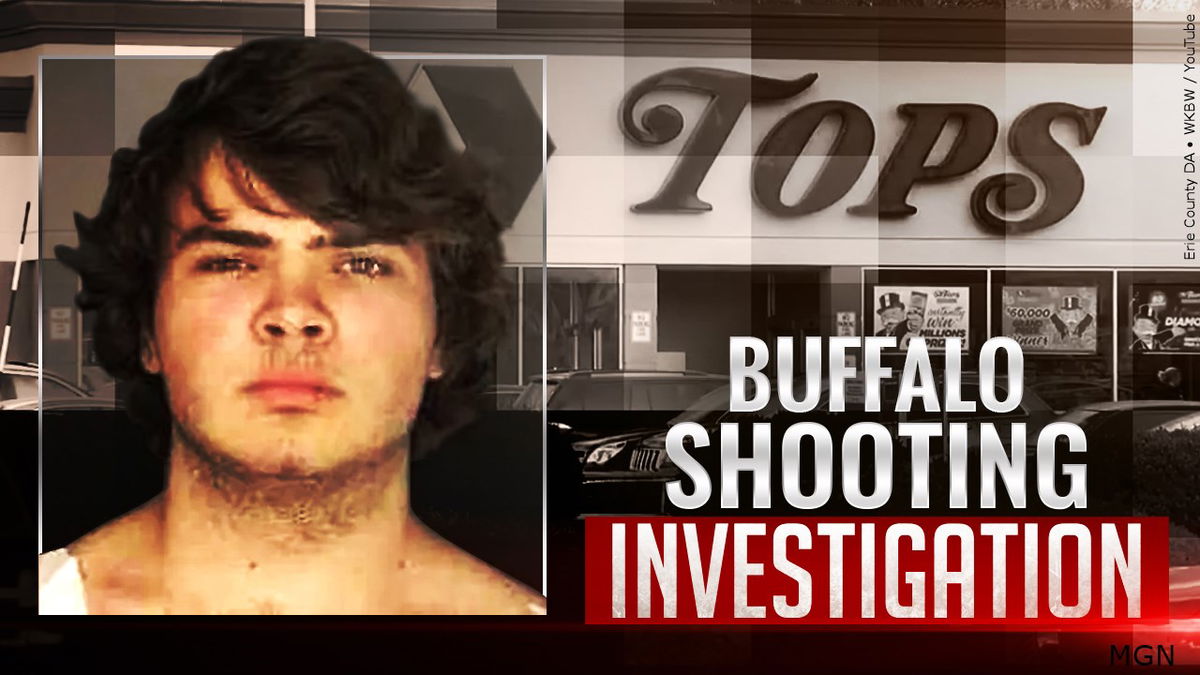Police: Buffalo gunman aimed to keep killing if he got away

BUFFALO, N.Y. (AP) — The white gunman accused of a racist rampage at a Buffalo supermarket planned to keep killing if he had escaped the scene, the police commissioner said Monday, as authorities investigated the massacre of 10 Black people as a potential hate crime or act of domestic terrorism.
The gunman, who had crossed the state to target people at the Tops Friendly Market, had talked about shooting up another store as well, Buffalo Police Commissioner Joseph Gramaglia told CNN.
“He was going to get in his car and continue to drive down Jefferson Avenue and continue doing the same thing,” the commissioner said.
The commissioner’s account was similar to portions of a racist 180-page document, purportedly written by Payton Gendron, that said the assault was intended to terrorize all nonwhite, non-Christian people and get them to leave the country. Federal authorities were working to confirm the document’s authenticity.
Saturday’s bloodshed in Buffalo was the deadliest in a wave of weekend shootings, including at a California church and a Texas flea market.
Gendron, 18, traveled about 200 miles (320 kilometers) from his home in Conklin, New York, to commit the attack, police said. He wore body armor and used a helmet camera to livestream the bloodbath on the internet.
Law enforcement officials said Sunday that New York State Police troopers had been called to Gendron’s high school last June for a report that the then-17-year-old had made threatening statements.
The disclosure raised questions about whether his encounter with police and the mental health system was yet another missed opportunity to put a potential mass shooter under closer law enforcement scrutiny, get him help or make sure he didn’t have access to guns.
Gendron had threatened to carry out a shooting at Susquehanna Valley High School in Conklin around graduation, a law enforcement official who spoke on condition of anonymity said. The official was not authorized to speak publicly about the investigation.
Gramaglia said Gendron had no further contact with law enforcement after a mental health evaluation that put him in a hospital for a day and a half.
“Nobody called in. Nobody called any complaints,” Gramaglia said. The threat was “general” in nature, he said, and not related to race.
New York is one of several states that have enacted “red flag” laws in recent years to try to prevent mass shootings by identifying people who show signs that they might be a threat to themselves or others.
Those laws allow law enforcement officers, a person’s family, or in some cases medical professionals or school officials to petition courts to seize the person’s guns temporarily or prevent the individual from buying weapons.
Federal law bars people from owning guns if a judge has determined they have a “mental defect” or they have been forced into a mental institution. An evaluation alone would not trigger the prohibition.
It is unclear whether officials could have invoked the “red flag” regulation after the high school incident. Police and prosecutors wouldn’t provide details on the incident or say when Gendron had acquired the weapons used in the deadly attack.



